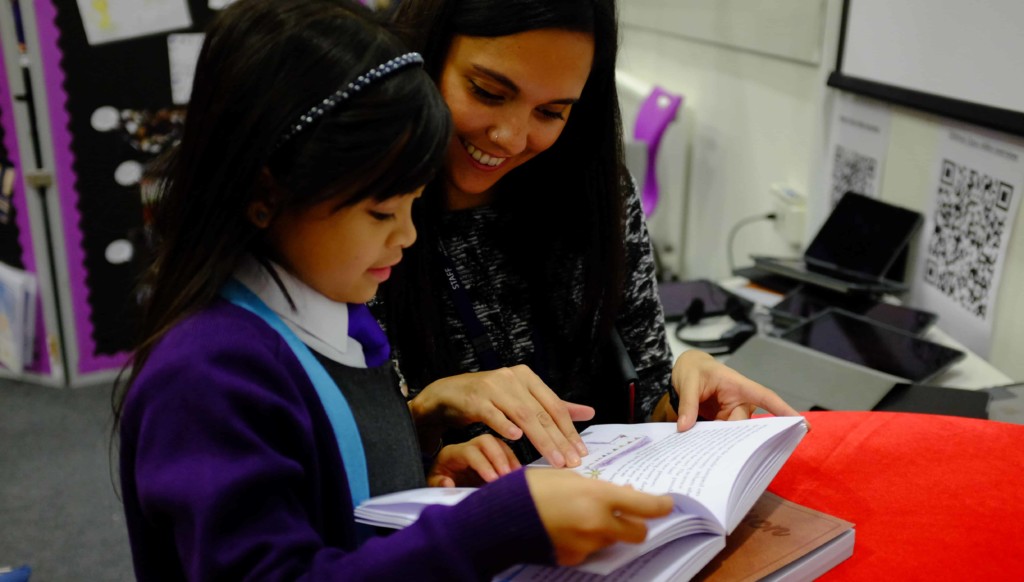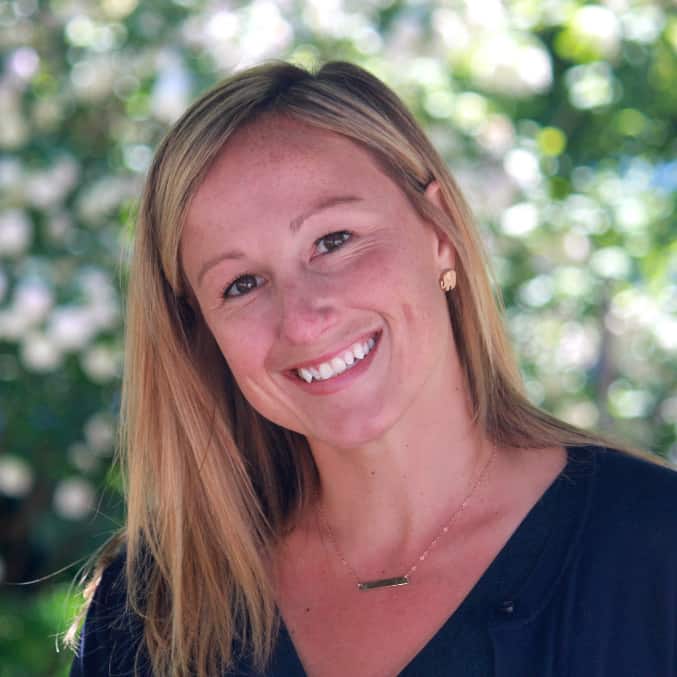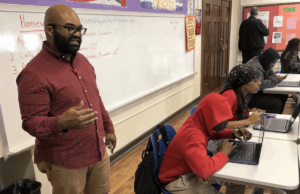HQPBL Case Study: Albemarle County Public Schools

The walls are covered with products and classrooms are buzzing with voices and sounds of collaboration. Students are working on integrated projects tied to passions, interests and real-world causes. This is a common scene found in most classrooms in Albemarle County Public Schools, located at the base of Shenandoah National Park in Charlottesville, Virginia. High Quality Project Based Learning (HQPBL) in Albemarle County Public Schools has come as a result of an intentional effort to rethink what school should look like and how to create more powerful learning experiences for all students. Pam Moran, Superintendent for over twelve years, has provided the structure and support to make educators feel empowered to take on Project Based Learning.
“I started Project Based Learning when I began teaching over ten years ago and have been fortunate enough to be refining and reflecting my practice ever since then,” Jamie Dianne, a teacher at Woodbrook Elementary, shared.
“As a district and at our school, we noticed that students just weren’t retaining the content the way we were teaching. We were doing units but in a very choppy way, where kids were learning one topic for three weeks and then something completely separates the next,” she continued.
Tapping Into Students’ Interests Yields Engagement, Agency and Higher Test Scores
Engaging students through Project Based Learning is effective with all students, share several teachers in the district. “The most important lesson that we’ve learned over the past couple of years, I think, is to trust the students. Time and time again, we’ll be really surprised where we’re not sure how something is going to transpire, and the students–they get so into it, and they produce a product that is way beyond our wildest expectations,” shared Ms. Laux from Western Albemarle High School.
“Last year, for example, we had a group of students that typically weren’t very engaged. When they had the opportunity to create a podcast, they got so into it, we were absolutely floored. They made a podcast that we are likely still going to use as an exemplar for years, all because it was something they were interested in and became passionate about. These are students that might have come to us pre-labeled as ‘disengaged,’ and because we gave them an opportunity and trusted them, they delivered.”
Teachers shared that while the goal of making sure students have HQPBL experiences is NOT to raise tests scores, that students performance on standard accountability measures improved after implementing projects. To learn more about the work in ACPS, read the case study and check out their active Twitter feed for more examples of student work.
Download the Case Study
This blog is a part of the HQPBL Campaign supported by the Buck Institute for Education and sponsored by Project Management Institute Educational Foundation and The William and Flora Hewlett Foundation. For more, visit hqpbl.org and follow @hqpbl #hqpbl on Twitter and Instagram.
For more, see:
- Introducing a Framework for High Quality Project Based Learning
- Collaboration: Key to Successful Teams and Projects
- What We Are Doing to Ensure High Quality PBL For All
- 35 Leaders on the Successes and Challenges of Project-Based Learning
- HQPBL Case Study: Thrive Public Schools
Stay in-the-know with all things EdTech and innovations in learning by signing up to receive the weekly Smart Update. This post includes mentions of a Getting Smart partner. For a full list of partners, affiliate organizations and all other disclosures, please see our Partner page.








0 Comments
Leave a Comment
Your email address will not be published. All fields are required.